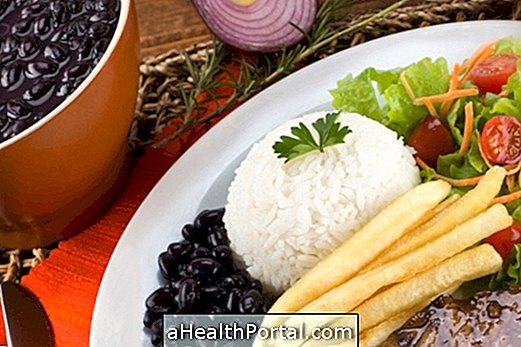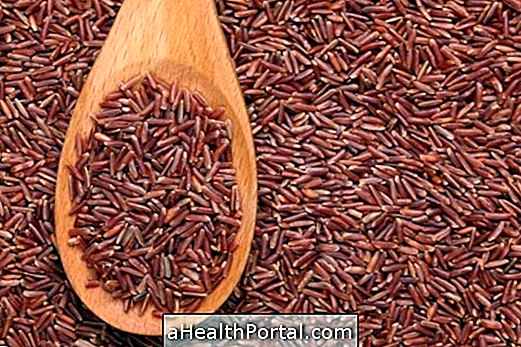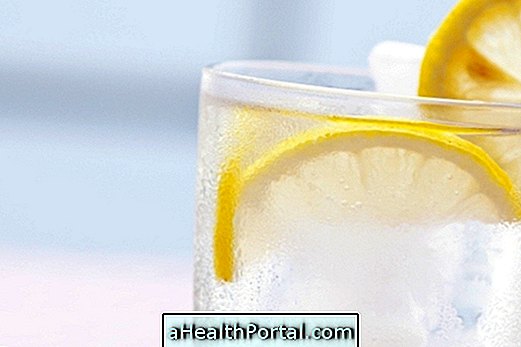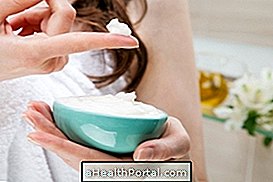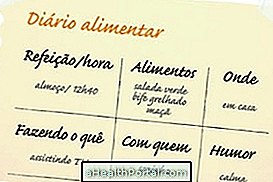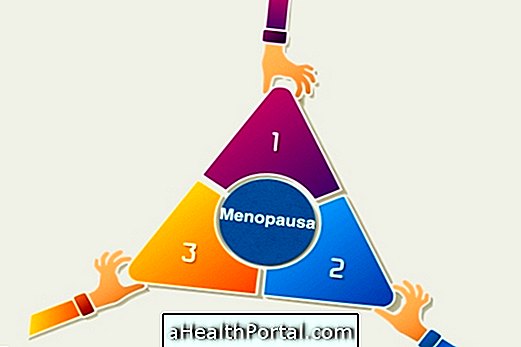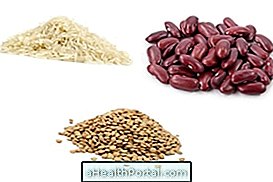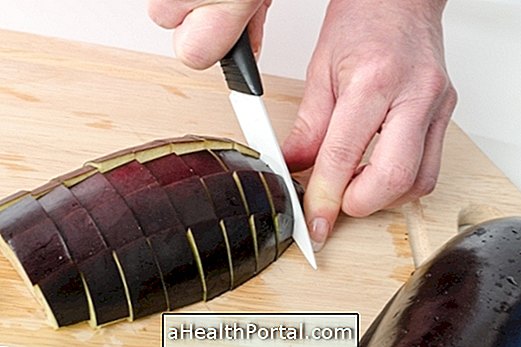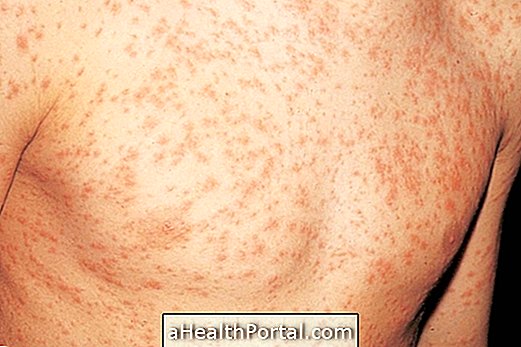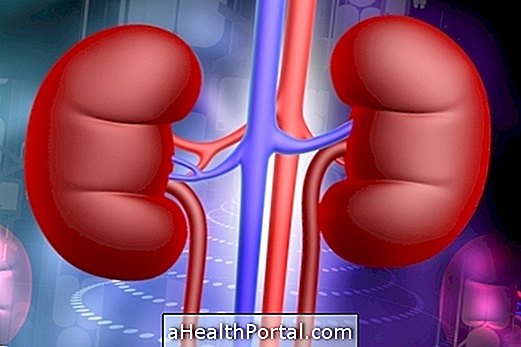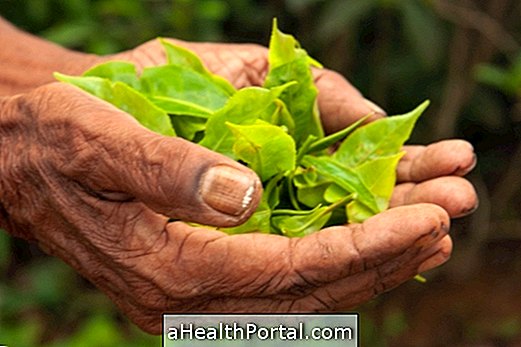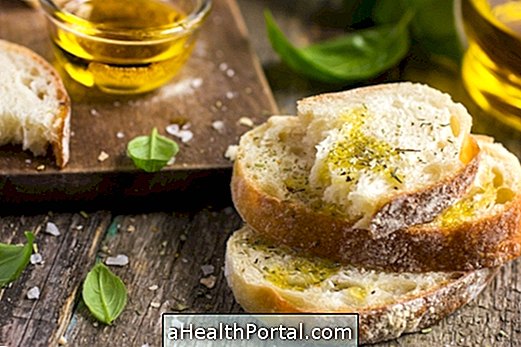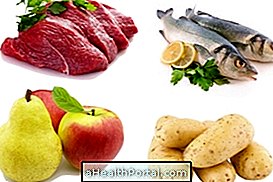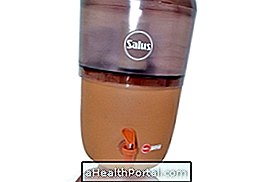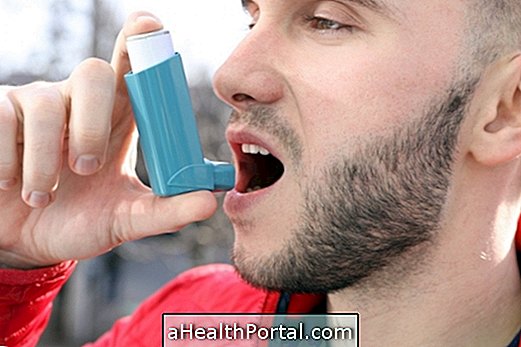The diet for celiac disease should be totally gluten-free, which is a protein present in wheat, barley, rye, and spelled grains. When it comes in contact with the celiac intestine, gluten causes inflammation and degradation of intestinal cells, causing complications such as diarrhea and malabsorption of nutrients.
In children, this poor absorption of nutrients when the disease is not identified and treated properly can lead to low weight and reduced height that the child could reach.
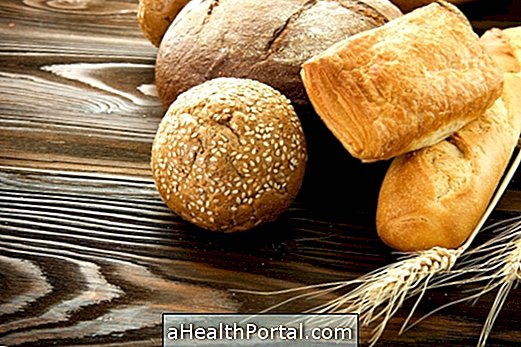
Foods that should be avoided
The foods that should be avoided in illness disease are all those that have gluten or which may be contaminated with gluten, as shown below:
Foods That Naturally Have Gluten
The foods that naturally have gluten are:
- Wheat flour ;
- Barley ;
- Rye ;
- Malt ;
- Spelled ;
- Semolina ;
- Pasta and pastries : buns cakes, salted, desserts with wheat flour, biscuits, pizza, pasta, cake, lasagne;
- Alcoholic beverages : beer, whiskey, vodka, gin, ginger-ale;
- Other beverages : ovomaltine, beverages containing malt, coffees mixed with barley, chocolate.
- Pasta for porridge containing flour.
All these foods should be completely eliminated from the diet as they can lead to the onset of the symptoms of celiac disease.
Foods that are contaminated with Gluten

Some foods do not have gluten in their composition, but during manufacture they may come in contact with products that contained gluten, which leads to contamination. Thus, these foods also end up having to be avoided by celiacs, as they can aggravate the disease.
Included in this group are oats, melted cheese, instant soups, frozen meatballs, frozen chips, shoyo sauce, beans, meats, powdered drinks, vegetarian hamburger, malt vinegar, ketchup, mustard and mayonnaise and nuts mix. See the full list of what to eat and what to avoid in celiac disease.
Home Care
In addition to avoiding foods that contain gluten, you also need to be very careful at home to avoid consuming gluten by contamination. For example, pans, cutlery and other household utensils, such as a blender and sandwich maker, should be separated to produce the foods of the person with celiac disease.
The same blender that smashed a cake with wheat flour can not be used to make a juice for celiac, for example. The same care should be taken to avoid contact of food in the refrigerator, oven and pantry. The ideal is that in the celiac patient's house does not gluten, because only then the contamination will be totally avoided. Here's how to make gluten-free homemade bread.

Care away from home
The person with celiac disease should be even more careful when eating outside the home. It is necessary to look for restaurants that are totally gluten-free, it is very common that the kitchens contain flour and are easily contaminated with gluten.
In addition, in the house of friends, one should avoid using the same dishes, cutlery and glasses that were used to put food with gluten. If necessary, it is best to wash these utensils thoroughly, preferably with a new sponge.
Watch this video to learn more about the diet for celiac disease:

